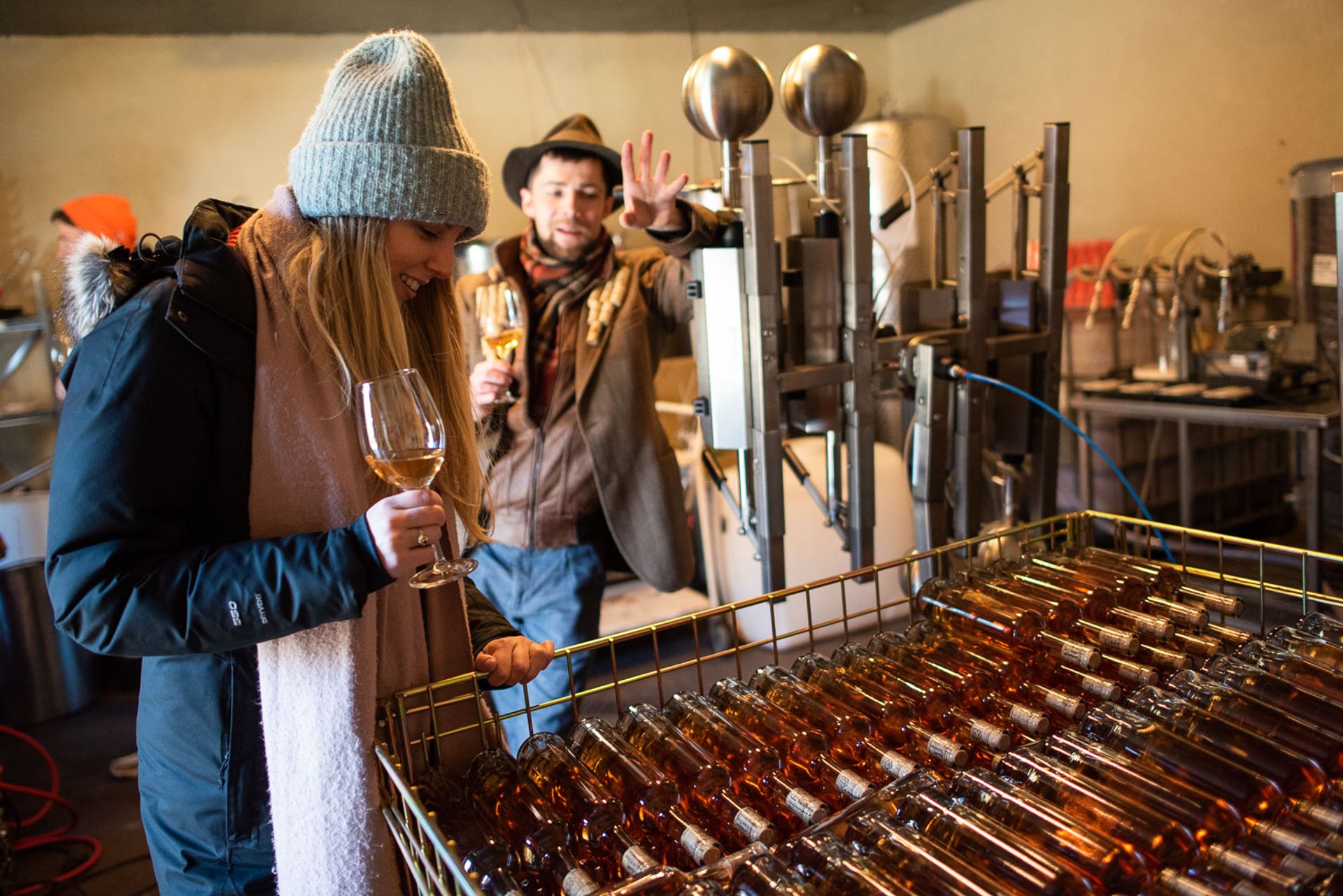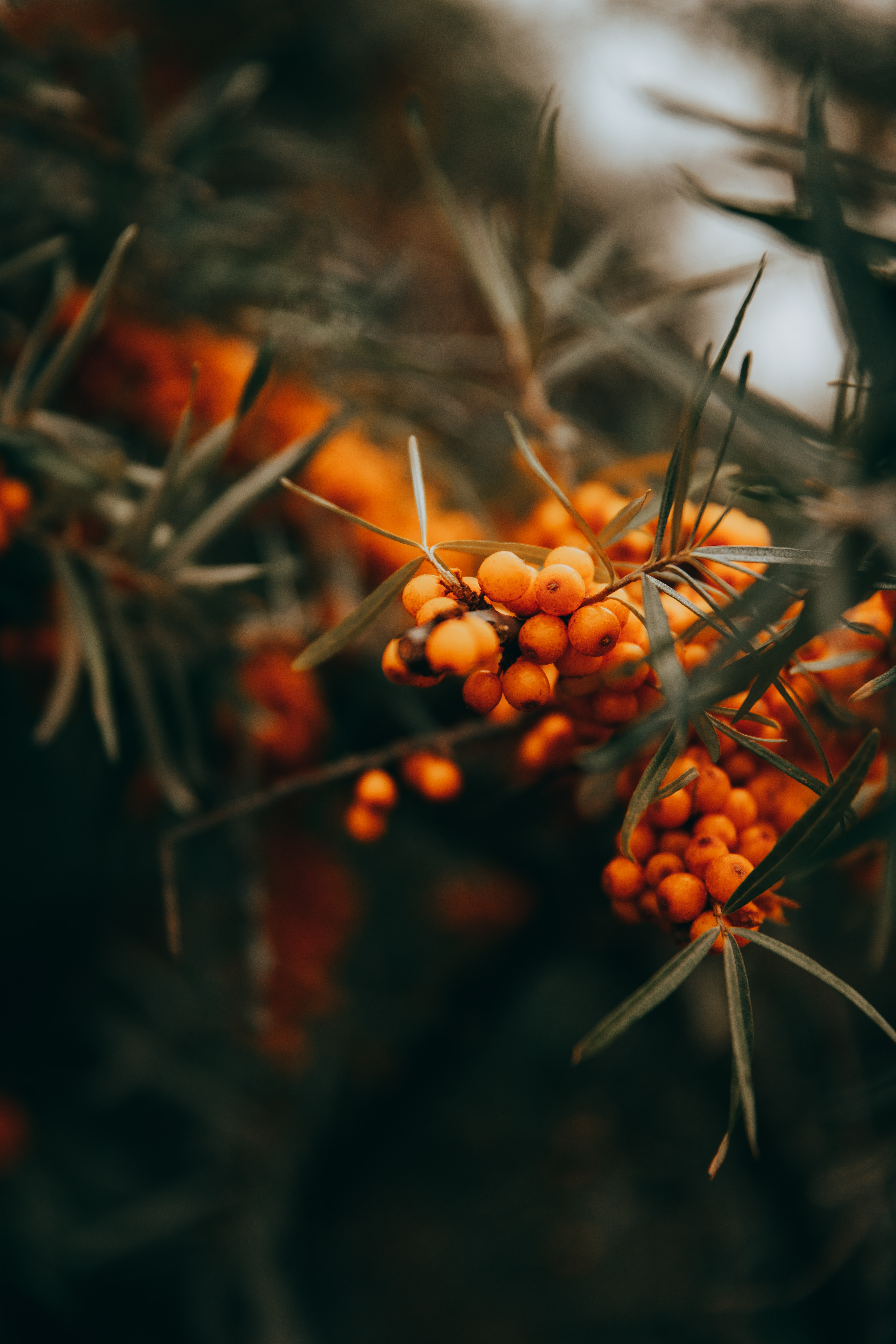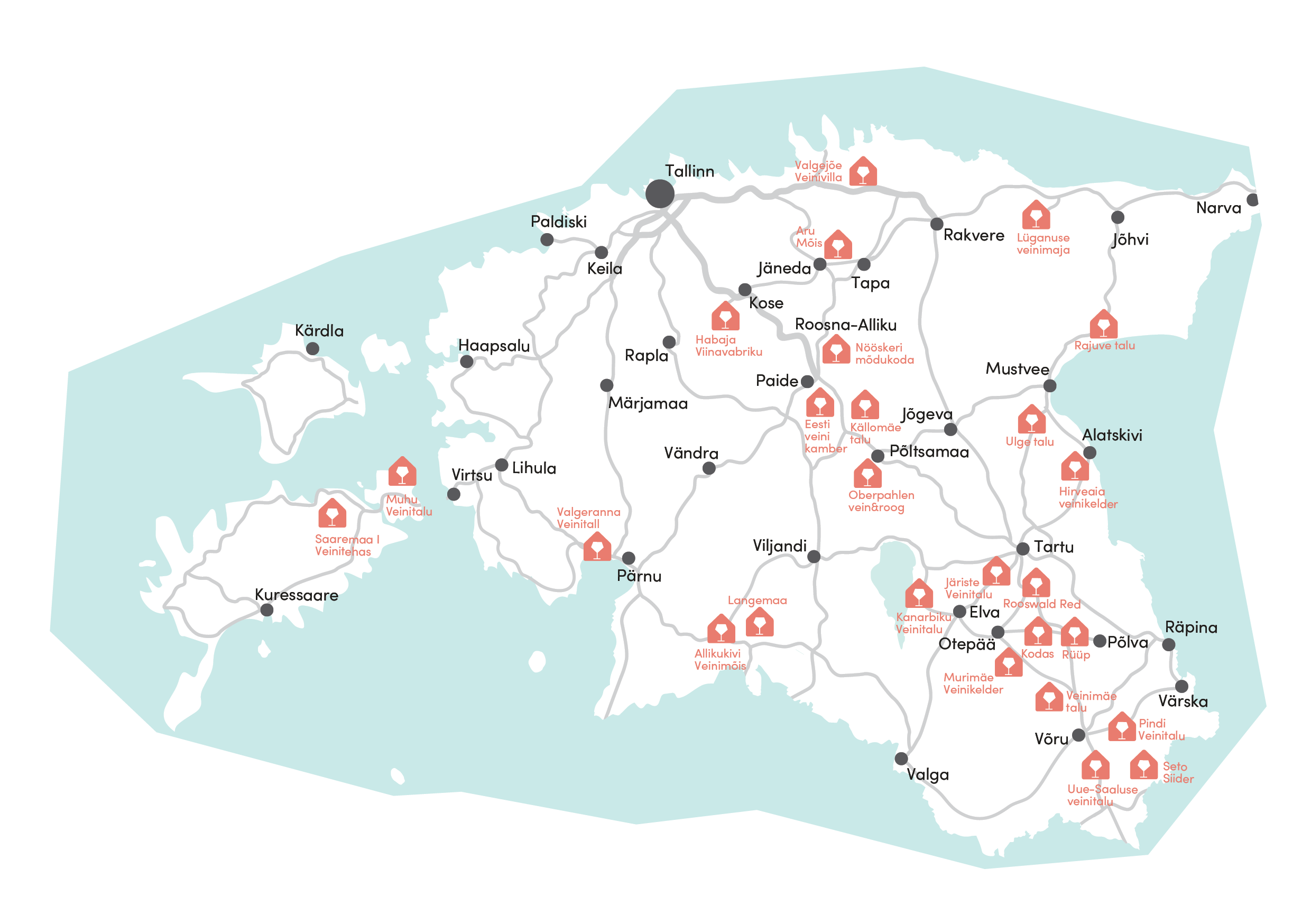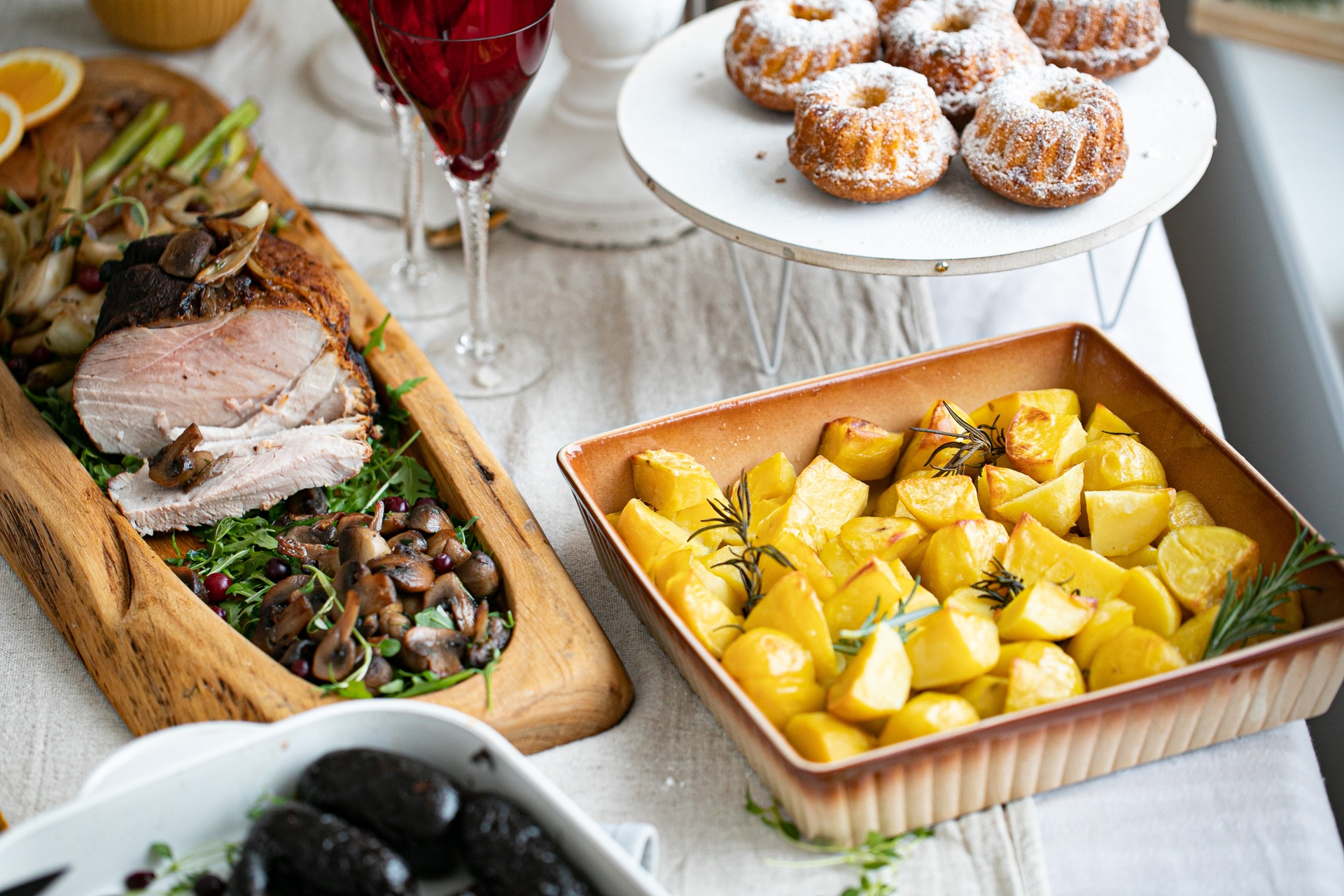
Wineries in Estonia worth visiting
Estonian wine features local fruits, berries, and forest products. These small wineries and vineyards are a way to savor the country's rural charm.
Estonia might not have the renown of Italy or Spain, but it does have a surprising number of wineries.
A trip around the country allows you to taste wine made from local Estonian ingredients, including berries, and forest products, like birch sap bubbly.
The ancient roots of Estonian wine
Estonians started making fruit and berry wines as early as the Middle Ages, but the first official berry wineries opened in the 1920s. The resulting traditions were passed down from generation to generation, and during the Soviet era, it was not uncommon to see wines squeezed into large glass bottles in the corners of homes.
Since the craft revolution of the 2010s, Estonian vintners have started making wines from everything nature offers.
The most common bases include dandelion, rhubarb, primrose, rowan, blackcurrant, and local grape varieties. This leads to sweeter flavors than grape-based wine. As a result, Estonia has an extensive selection of dessert wines.

Photo author: Susann Kõomägi
Photo author: Hans Markus Antson
Travel slow and savor Estonia's rural charm
A trip along the Estonian Wine Trail is an exciting Estonian food experience, as it shows you this lesser-known side of Estonian drink culture. This experience takes visitors out of the cities and into the heart of the Estonian countryside. It covers the whole of Estonia and showcases the country's stunning landscape and rural elements that most visitors don't get to see.
Only spending a short time in Estonia?
Stop by Põltsamaa Wine Cellar and Restaurant Oberpahlen. Wine production began in Põltsamaa in 1921, and their wines quickly became popular throughout Estonia. Wine is no longer produced there, but you can still enjoy a glass from more than 20 Estonian wineries.
Follow the Estonian Wine Trail or create your own
Visits to family-run, small-scale wineries help support local economies and organic agriculture, making them ideal green travel destinations. You can spend an entire trip to Estonia travelling around the country and drinking wine on the official Estonian wine trail or stop by a winery on the way to your final destination!
The wineries mentioned below will help you get acquainted with Estonian wine production. Given Estonia's compact size, it's easy to add a stop at a winery along the way to wherever you're headed.

Photo author: Näljane Nelik

Wineries in North and Central Estonia
Estonia's northernmost fruit and berry wine farm is Valgejõe Veinivilla Orchard run by a mother-son team of sommeliers. The Aru Manor Winery also makes tea in addition to its homemade wine. From there, you can try the unique chokeberry wine at Habaja Distillery. They even offer stone oven pizza on nice summer weekends and an ice-skating café in winter.
Hirveaia Wine Cellar produces craft wines from local ingredients such as rhubarb, wild berries, apples, and grapes. Its location next to Alatskivi Castle makes it a perfect stop for history buffs.
The Järiste Winery operates in the historic Luke Manor Tavern and is known for its unique and personal vintages. It's one of the few that makes wines from grapes grown in its own vineyard.
One of the more interesting stops in this region is Nöösker, a meadery in Central Estonia. They produce mead with a modern twist, featuring Estonian honey, local berries and fruits, and the occasional exotic spice.

Luscher & Matiesen Muhu Winehouse
They have over 2,000 vines in their vineyard and plan to plant 8,000 more in the coming years.
West Estonia and island wineries
Langemaa Winery began with a few apple trees around the family home. Now, it has thousands of blackcurrant bushes, black chokeberry bushes, Japanese quince shrubs, and a modern apple orchard. Allikukivi Winery is known for its green currant sparkling wine, which won Best Sparkling Wine in 2022 and 2023 at the Estonian Drink Festival. The estate also offers wines made from blackcurrant, apple, raspberry, rowan, rhubarb, and chokeberry and welcomes visitors to explore the winemaking process. Valgeranna Winery, on the other hand, is a trendy new wine producer ready to take the market with its bubbly variety of fruit wines.
Luscher & Matiesen Muhu Winehouse has been making waves for years. Located on the tiny, rustic island of Muhu, the vineyard serves freshly prepared meals and heats a mean sauna to finish the wine-tasting session. It carries forward the history of what was once the biggest winery in Estonia back in the 1930s.
Saaremaa's first winery is owned by the Ideafarm brand, known for its syrups, jams, and vinegars. They make wine from almost anything, including nettle, and hope to revive historical recipes. During the tasting, they discuss additional uses for wine, especially as part of folklore and traditional medicine.
While not part of the official Wine Trail, Tori Cider and Wine Farm, located outside Soomaa National Park, offers tours and tastings. The farm only uses organic ingredients, and its oldest apple tree is particularly special because its golden apples are used to make the unique Tori Cider Farm cider.

South Estonia
KODAS produces handcrafted ciders, sparkling wines, and non-alcoholic drinks. Their orchard of over 9000 apple trees contains over 30 different varieties selected for their ability to withstand the harsh climate.
Rüüp is located in South Estonia. The Guardian mentioned it as one of the best new European trips for ethical and greener travel. Rüüp offers tours and on-site accommodation with a sauna and hot tub.
In the deep south near Võru, you'll find Uue-Saaluse Vineyard. They produce a speciality buckthorn wine while trying to adhere to the zero-waste principle: they make handmade gin from winemaking by-products.

Get Inspired
Last updated
07.11.2025